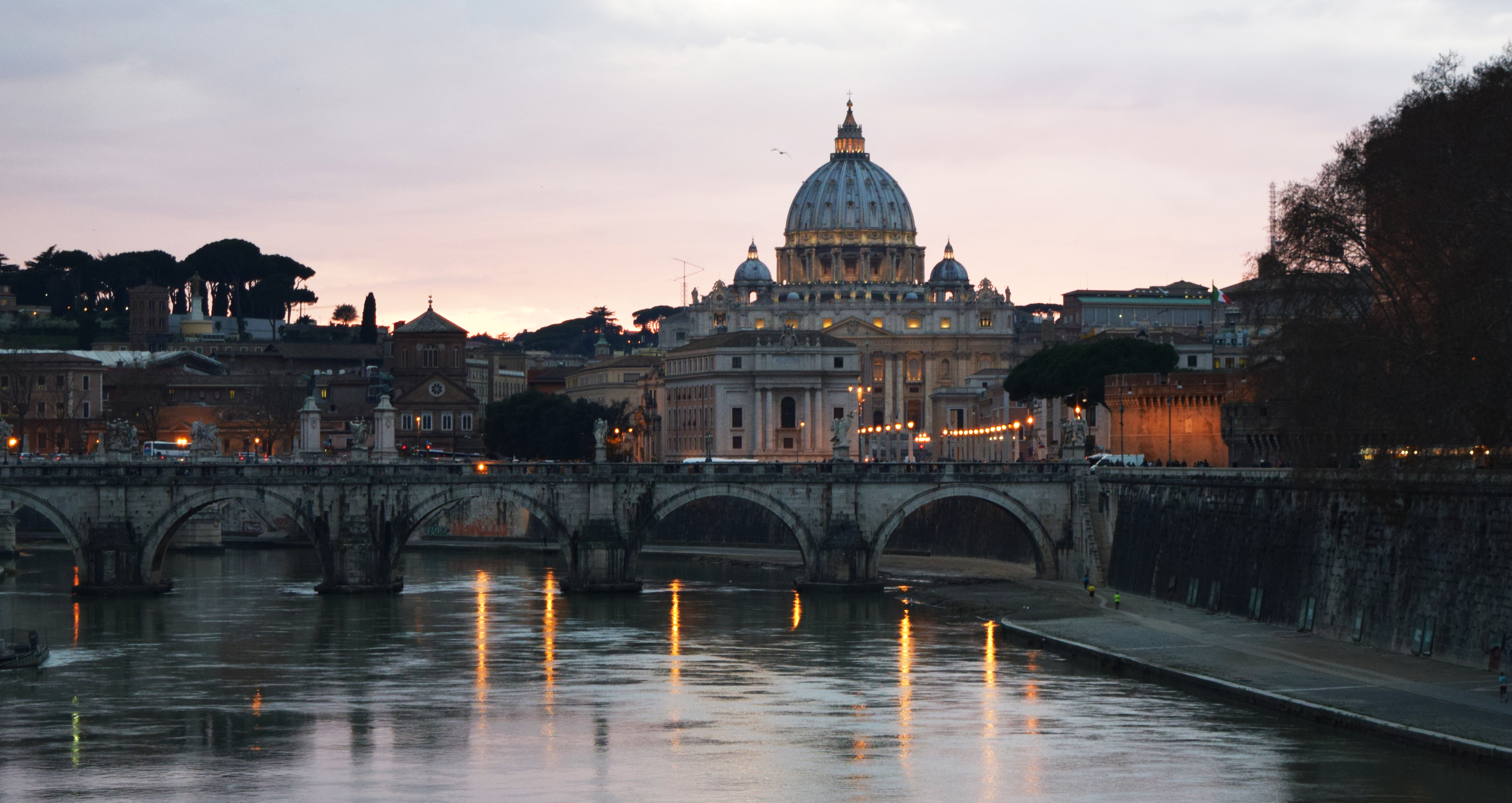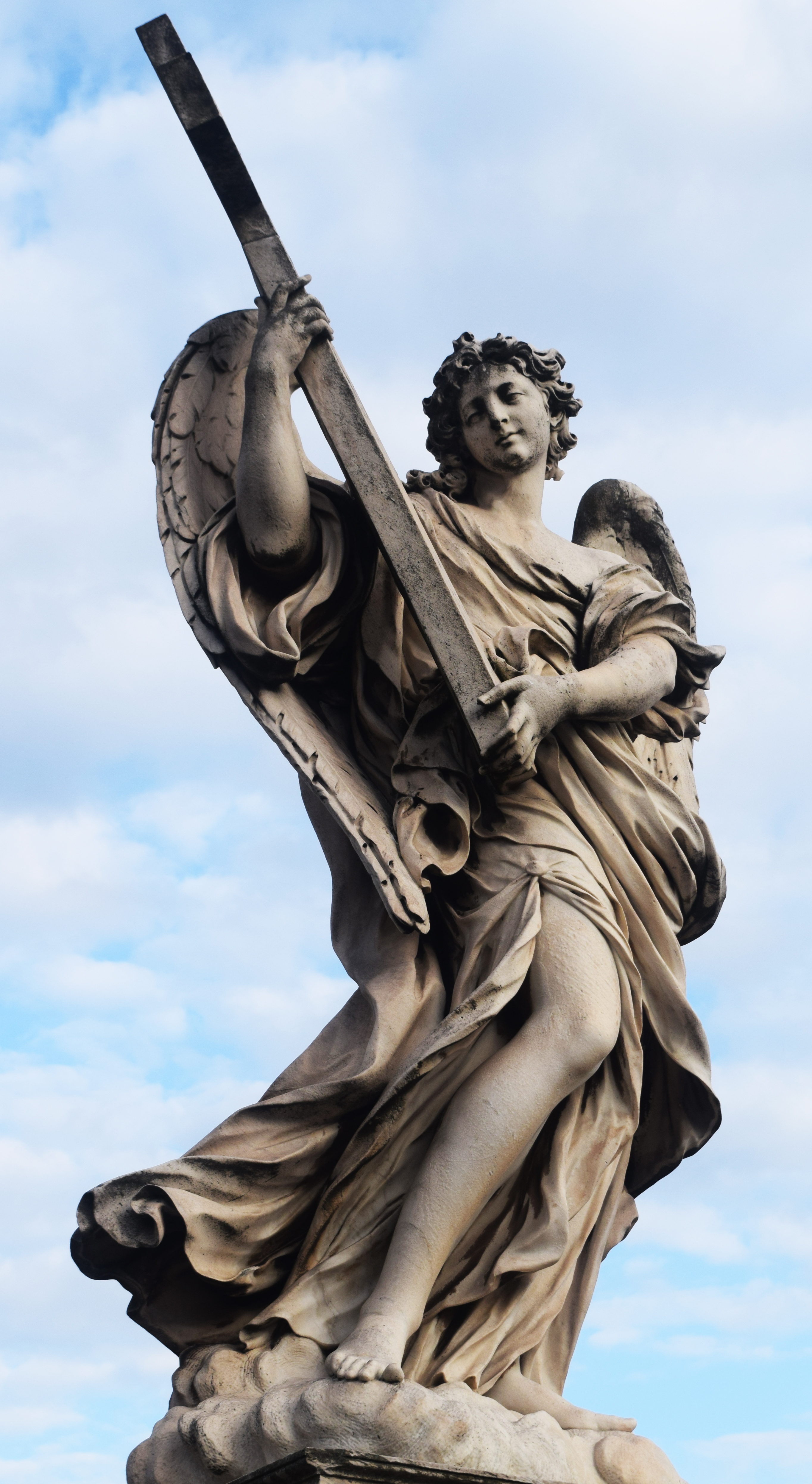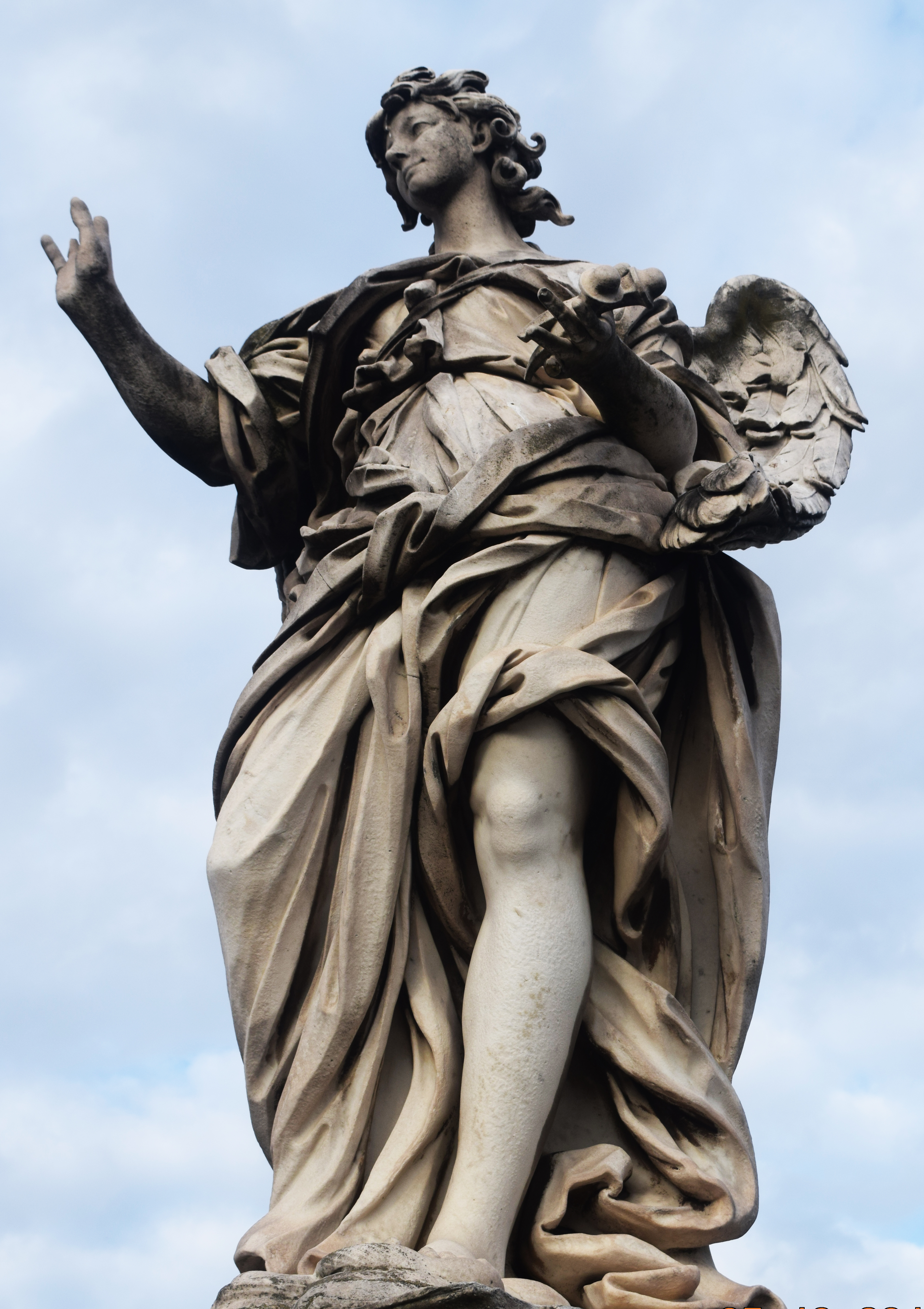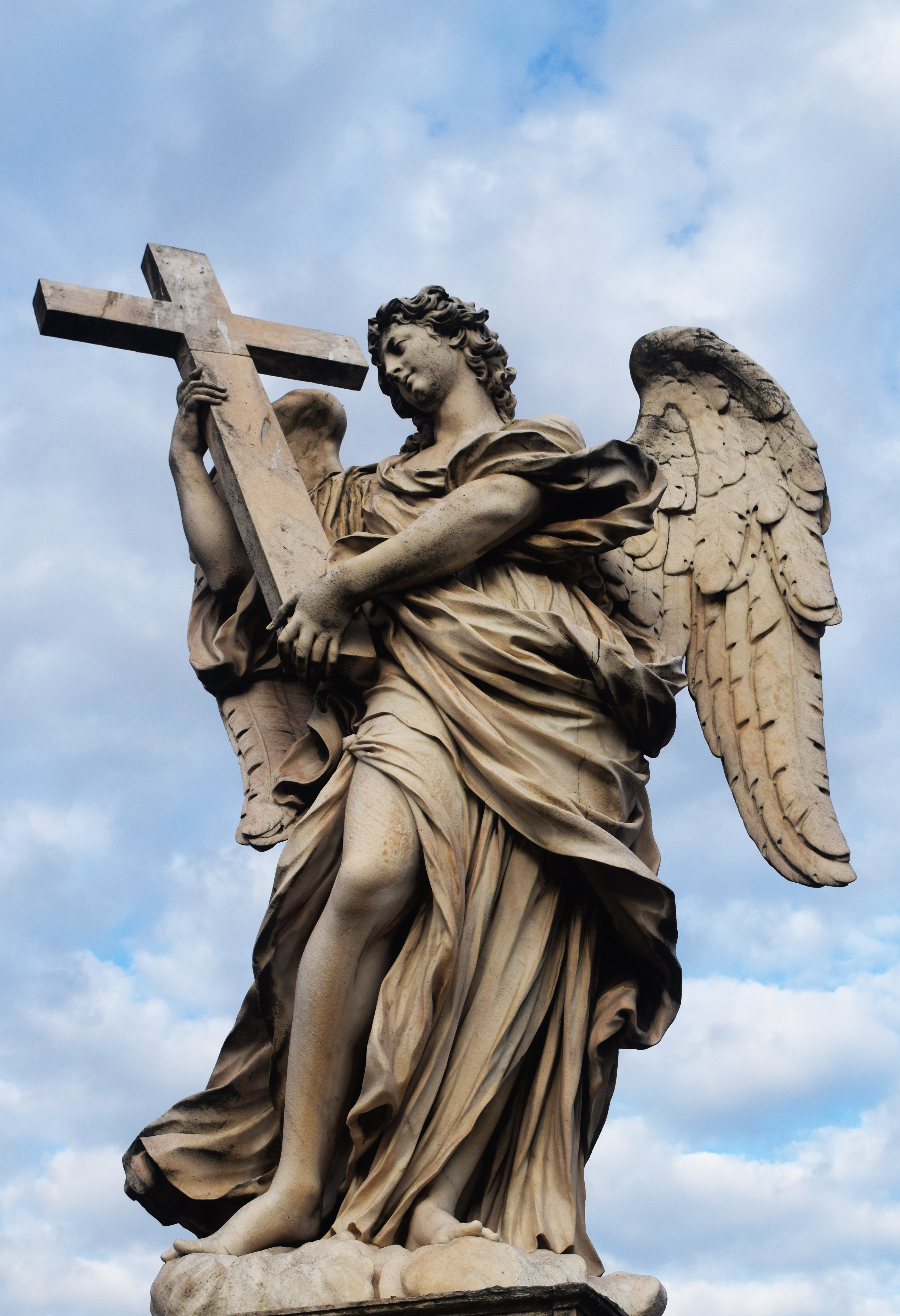VATICAN CITY – There are 935 churches scattered about the Eternal City but the one most people come to visit is St. Peter’s Basilica in neighboring Vatican City.
Pilgrims will line up for hours to enter the mother of all churches. They don’t care if they have to wait in Rome’s blistering summer heat or the cold and drizzle of its winter to get inside the Catholic Church’s greatest landmark.
The incredible gem-studded relics; the golden ceiling; the majesty of the statues; the grandeur of the papal altar; the beauty of the artwork – they all take your breath away.

Above: St. Peter's Basilica is especially beautiful at night.
But it’s a simple bronze statue that gets the most attention in the great church. Even after standing for hours to enter St. Peter’s, the faithful are willing to line up again just to touch the feet of a statue dedicated to the church’s first pope that sits off to the side of the elaborate main alter.
So many people have touched the feet of the St. Peter’s statue; the once detailed toes have practically disappeared. Creepy, when you consider St. Peter, whose remains lie beneath the main alter, probably had his feet cut off after being crucified on this very site.
After dying by crucifixion (upside down according to tradition), the feet of the victim were usually cut off to make it easier for the body to be removed from the cross.
Archeologists unearthed one lone skeleton at the place the basilica now stands of a man between 60 and 70 – the age Peter supposedly died – that was missing its feet.
On the tomb, the Greek inscription PETROS ENI, "Peter is within" was discovered, although some scholars say the translation could have meant “the rock is inside.”



Above: Glorious statues lead pilgrims to the front door of St. Peter's
Ironically, the statue and tomb – which you cannot visit – are the only reminders of St. Peter in the massive church. There are no paintings of the great saint but then again, there are no paintings anywhere in the church.
What people believe to be paintings are actually scenes made from ceramics. For actual paintings, you have to visit the nearby Sistine Chapel, maybe the most beautiful place ever built, containing great works of art from Michelangelo and other legendary artists and sculptors.
From the time you enter through the massive doors that guard St. Peter’s, you are mesmerized by what lies before you. The doors themselves are breathtaking. The southernmost door, designed by Giacomo Manzu, is called the "Door of the Dead". The door in the center is by Antonio Averulion (1455) and preserved from the previous church – the Constantinian Basilica - which St. Peter’s was built over. The northernmost door is the "Holy Door" in bronze by Vico Consoti (1950), which is only opened for great celebrations.
The dome, or cupola, of the great church is considered its most impressive architectural detail. Designed by Michelangelo in 1546, it was unfinished at the time of his death in 1564 and was completed by Giacomo della Porta between 1585 and 1590. The dome rises 394 feet above the church’s floor and is 138.8 feet in diameter. In the mid-18th century, cracks appeared in the dome and four massive iron chains were installed to keep it intact.

Above: Inside St. Peter's Basilica.
The papal alter and the four twisted black marble columns that hold up its golden canopy, or baldachin, are impressive to say the least. The alter, which covers St. Peter’s resting place 20 feet blow, is ringed by 99 glowing lamps fuelled by olive oil brought to Rome each year by selected towns.
Even before entering St. Peter’s, you are overwhelmed by the great square in front of it.
Known to Italians as Piazza San Pietro, the square was built between 1656 and 1667. It’s surrounded by an elliptical colonnade with two pairs of Doric columns which form its breadth. In the center of the colonnade, designed by Bernini, is an 83-foot obelisk, which dates back to the 13th century BC. The Egyptian icon was moved to Rome in the 1st century to stand in Nero’s Circus, which was located just 800 feet away.
There are 136 statues, 288 columns - stacked four deep - and 144 pillars surrounding St. Peter's Square.
The word “Vatican” originated with the family who once owned the land St. Peter’s is built on. They lived here between the 5th and 6th century BC.

Above: St. Peter's Basilica is guarded by saints.
Not far away from the Vatican are other great churches, which contain other important historical relics.
Included among those is the remarkable Church of the Virgin Mary on the north side of Corso Vittorio Emanuele. The walls of the marble and limestone church are covered in paintings by Peter Paul Rubens.
But the most fascinating “neighborhood” church we discovered in Rome was Santa Maria sopra Minerva in the Piazza della Minerva, just a short distance from the Pantheon.
This is a wonderful storehouse of history, where the remains of a saint - St. Caterina (St. Catherine) – lie beneath the main alter. Two popes and a number of noted cardinals and bishops are also buried here.
Works by Michelangelo, including the stunning Statua del Redentore, also adorn the church with the elephant obelisk standing in front of its entrance.
The Pantheon around the corner was built around the 1st century AD to "honour all gods," and is where Victor Emmanuelle II - the man who unified Italy - his son Roberto, and the great Italian artist, Raphael, who died at the early age of 37 from pneumonia, are all remembered.
Another area of Rome blessed with great churches is the Piazza del Popolo (People's Square) where three houses of worship stand dedicated to the Virgin Mary, the most impressive being the Santa Maria del Popolo on the north side of the giant square not far from the Spanish Steps.
Another of those Egyptian obelisks, this one depicting Rameses II, stands in the middle of the square where the Roman Road once crossed. The obelisk is the second oldest in Rome, brought here in 10 BC by order of Augustus, and stands almost 100 feet high.
Rome is a city of churches and while St. Peter’s is its most impressive, there are many others which will enlighten you.
About the Author
Marc Atchison is a veteran journalist and a seasoned traveller with more than 20 years of travel writing experience. As the former Travel Editor of the Toronto Star, Canada's largest newspaper, and now Editor-in-Chief and Senior Writer for TraveLife magazine (Canada) and travelife.ca, Marc has been to over 100 countries in the world. Japan is one of his favorite destinations and he's been there on numerous occasions.